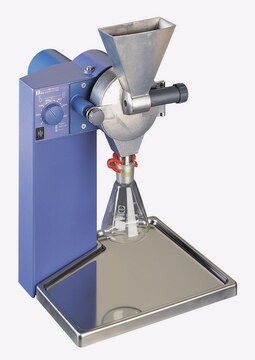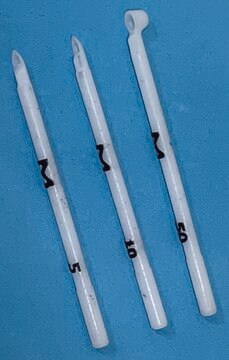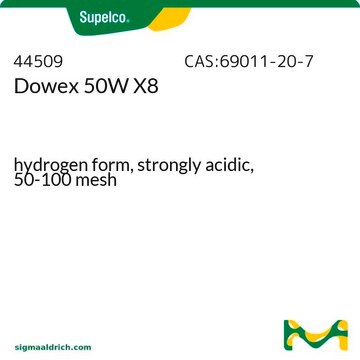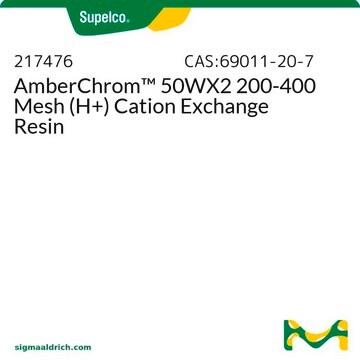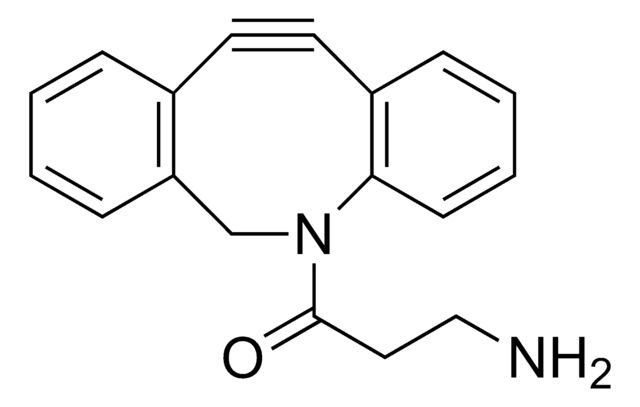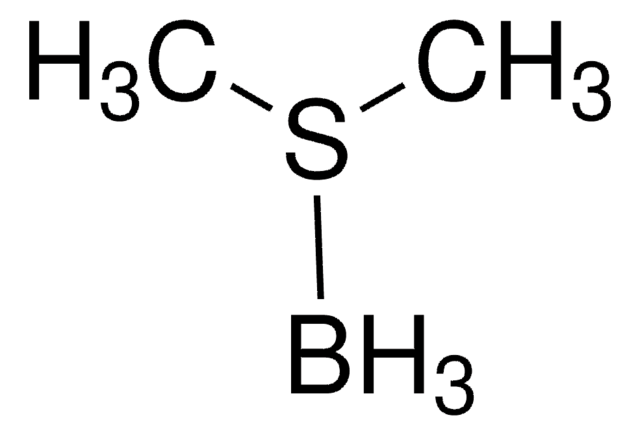934399
L-Prolinamide, N-[3-[2-(2-aminoethoxy)ethoxy]-1-oxopropyl]-3-methyl-L-valyl-4-hydroxy-N-[[4-(4-methyl-5-thiazolyl)phenyl]methyl]-, (4R)- HCl
≥95.0%
Synonym(s):
(2S,4R)-1-((S)-2-(3-(2-(2-aminoethoxy)ethoxy)propanamido)-3,3-dimethylbutanoyl)-4-hydroxy-N-(4-(4-methylthiazol-5-yl)benzyl)pyrrolidine-2-carboxamide HCl
About This Item
Recommended Products
Quality Level
assay
≥95.0%
form
powder or crystals
color
off-white to light yellow
storage temp.
2-8°C
SMILES string
O=C(CCOCCOCCN)NC(C(C)(C)C)C(N1CC(CC1C(NCC2=CC=C(C3=C(C)N=CS3)C=C2)=O)O)=O
InChI
1S/C29H43N5O6S/c1-19-25(41-18-32-19)21-7-5-20(6-8-21)16-31-27(37)23-15-22(35)17-34(23)28(38)26(29(2,3)4)33-24(36)9-11-39-13-14-40-12-10-30/h5-8,18,22-23,26,35H,9-17,30H2,1-4H3,(H,31,37)(H,33,36)
Application
Technology Spotlight: Degrader Building Blocks for Targeted Protein Degradation
Protein Degrader Building Blocks
Other Notes
Destruction of DNA-Binding Proteins by Programmable Oligonucleotide PROTAC (O′PROTAC): Effective Targeting of LEF1 and ERG
Small-Molecule PROTACS: New Approaches to Protein Degradation
Targeted Protein Degradation: from Chemical Biology to Drug Discovery
Impact of linker length on the activity of PROTACs
Legal Information
Storage Class
11 - Combustible Solids
wgk_germany
WGK 3
flash_point_f
Not applicable
flash_point_c
Not applicable
Choose from one of the most recent versions:
Certificates of Analysis (COA)
Sorry, we don't have COAs for this product available online at this time.
If you need assistance, please contact Customer Support.
Already Own This Product?
Find documentation for the products that you have recently purchased in the Document Library.
Our team of scientists has experience in all areas of research including Life Science, Material Science, Chemical Synthesis, Chromatography, Analytical and many others.
Contact Technical Service

